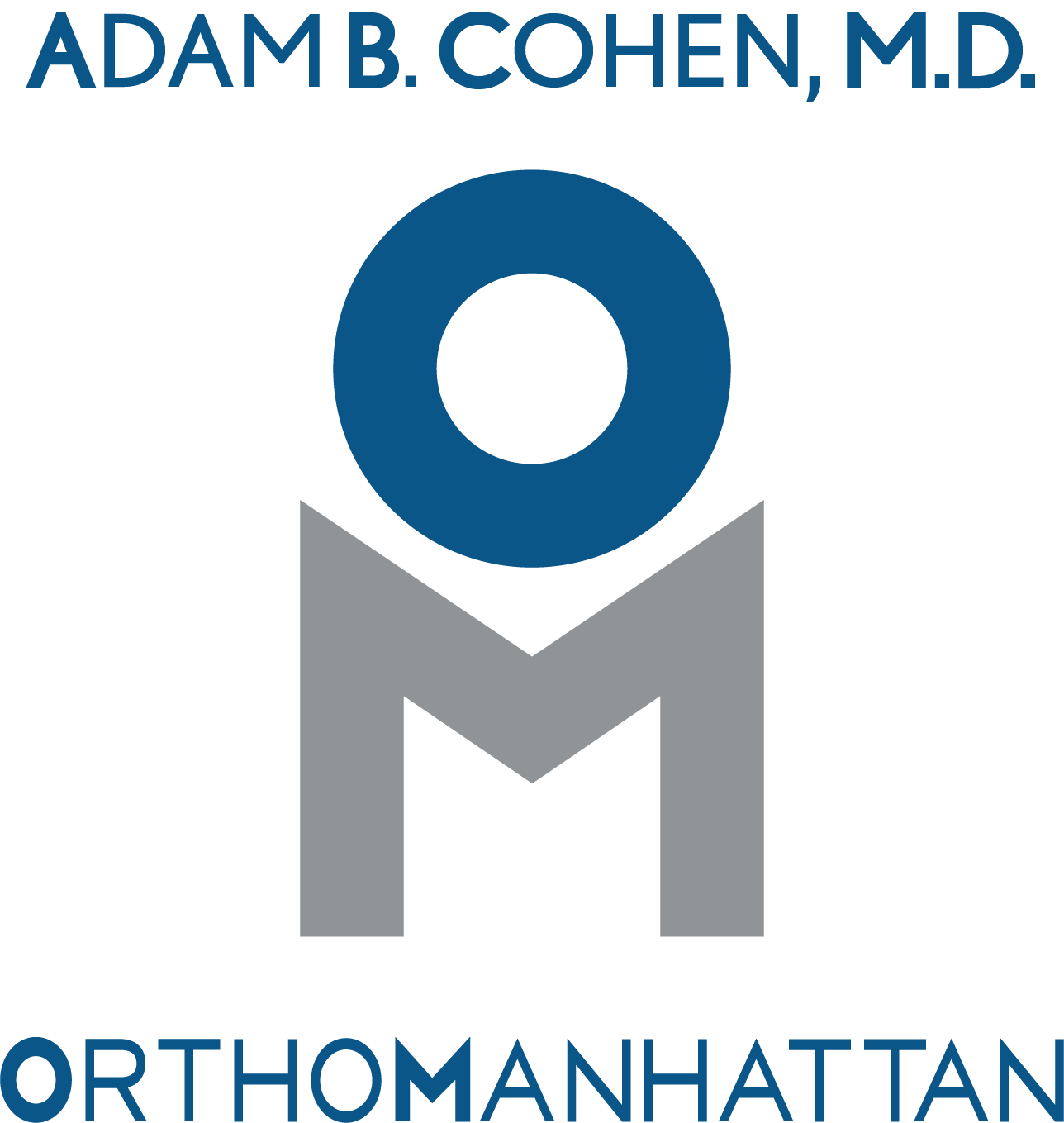Home > Knee > ACL Injury > ACL Reconstruction
Overview
It is important to understand the different treatment options following an Anterior Cruciate Ligament injury.
Options include:
ACL Reconstruction:
Autograft
Allograft
Some individuals who are less active can sometimes treat a torn ACL without surgery. Sewing or suturing your own native ligament back together is called an ACL Repair. Removing the torn native ligament and replacing it with a graft is called an ACL Reconstruction.
This section discusses ACL Reconstruction.
Best ACL Reconstruction Options
There are different options available to reconstruct a torn ACL. There are two main categories for reconstruction -- autograft reconstruction and allograft reconstruction.
Autograft option requires taking tendon from another area of your body and using it to replace the torn ACL. Common autograft choices include patellar tendon, hamstring tendon and quadriceps tendon.
Allograft option involves using tendon from individuals who have donated their organs and musculoskeletal tissue following death. This is sometimes referred to as a “cadaver graft.” Allograft tissue is regulated by the FDA.
Each graft choice has its strengths and weaknesses and should be discussed with your surgeon.
Prior to the start of the surgery a thorough examination of the knee is done under anesthesia. The exam is performed to confirm the presence of an ACL tear and to ensure that there are no other associated ligament injuries.
The surgery begins by entering the joint with a small camera called an arthroscope. The arthroscope allows visualization of all knee structures (menisci, ligaments, cartilage) through a very small hole, called a portal site. A second portal site is also made to introduce small instruments necessary to perform the surgery.
Video of arthroscopic removal of torn ACL
At this time it is determined if there are also meniscus injuries that need to be addressed.
After treatment of all other injuries, attention is turned to the ACL reconstruction. The torn ACL is removed and the knee is prepared to allow for introduction of the graft that will become the new ACL. This involves drilling bone tunnels in both the tibia and femur.
The graft is then introduced into the knee and passed into the tunnels. This will sometimes require other incisions around the knee. The graft ends are fixed into each tunnel with one of many options for fixation devices (e.g., screws, metal buttons, etc.).
The knee is again examined to confirm proper placement of the graft, the incisions are closed and a postoperative knee brace is often applied.
Postoperative Plan
Discuss with your surgeon the postoperative plan. Typically weight-bearing, range of motion exercises and formal physical therapy are encouraged soon after surgery.
Frequently Asked Questions
How soon after ACL surgery can I walk?
The ability to walk after ACL surgery depends on many factors. Most commonly you will be encouraged to weight-bear right after surgery. If you had a meniscus repair in addition to ACL reconstruction, some surgeons will restrict weight-bearing for a short period of time.
When can I return to sports after ACL reconstruction?
This will depend on many factors. Factors include the type of graft used (autograft vs. allograft), surgeon preference, the specific sport, and progress during rehabilitation. The time frame to return to sports can range from 6 - 12 months. In general, reconstruction with allograft requires a greater time away from sports.

Best ACL Doctor in NYC!
“I played volleyball back in the day and had torn my ACL. At the time my mom was stressed out on finding a good doctor. We visited about 5 and when we met with Dr.Cohen my mom looked at me and said "he will fix your ACL"… I went back to playing volleyball just 8 months later. Dr. Cohen you are the best!”
Google Review, 2020



